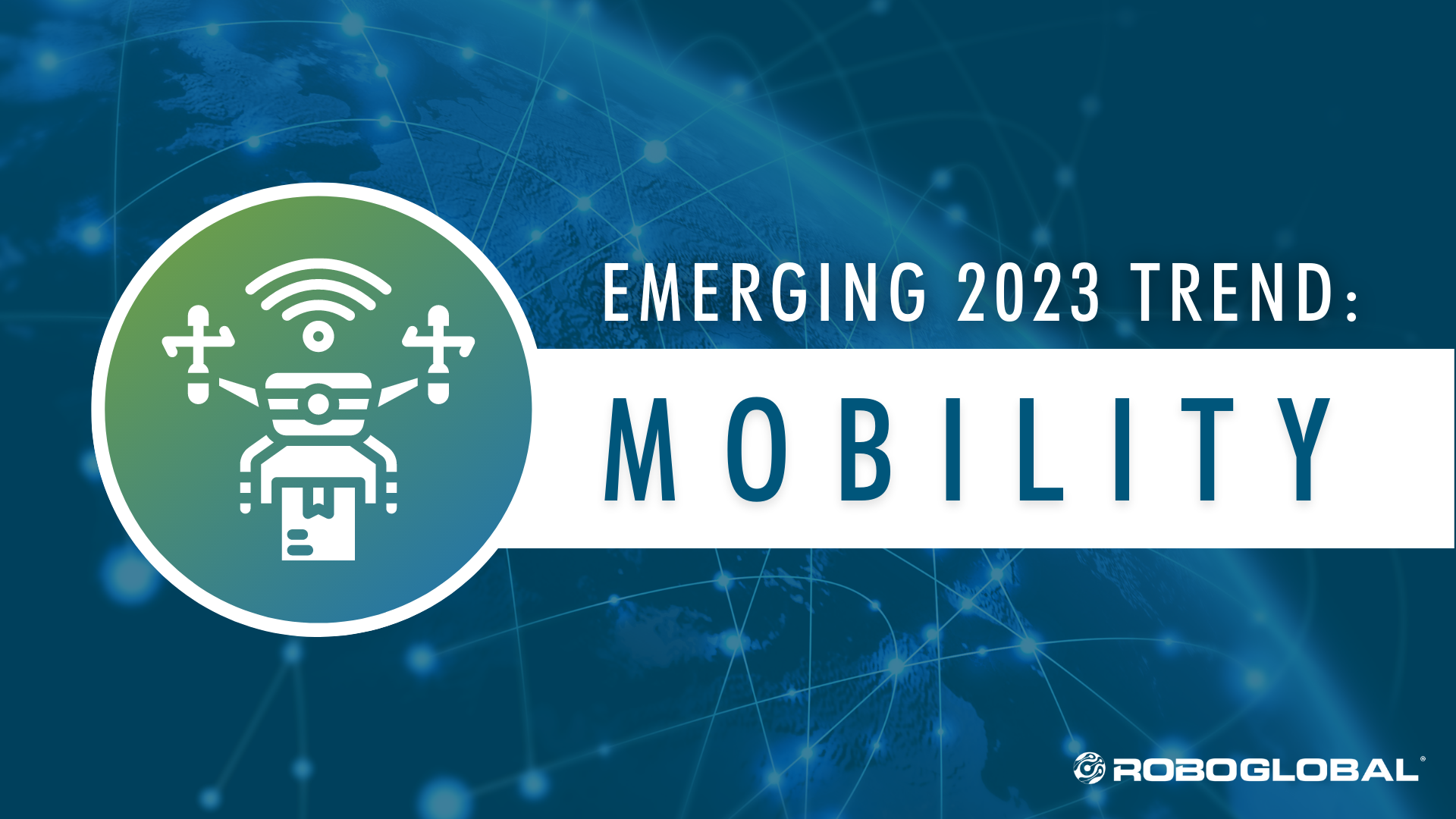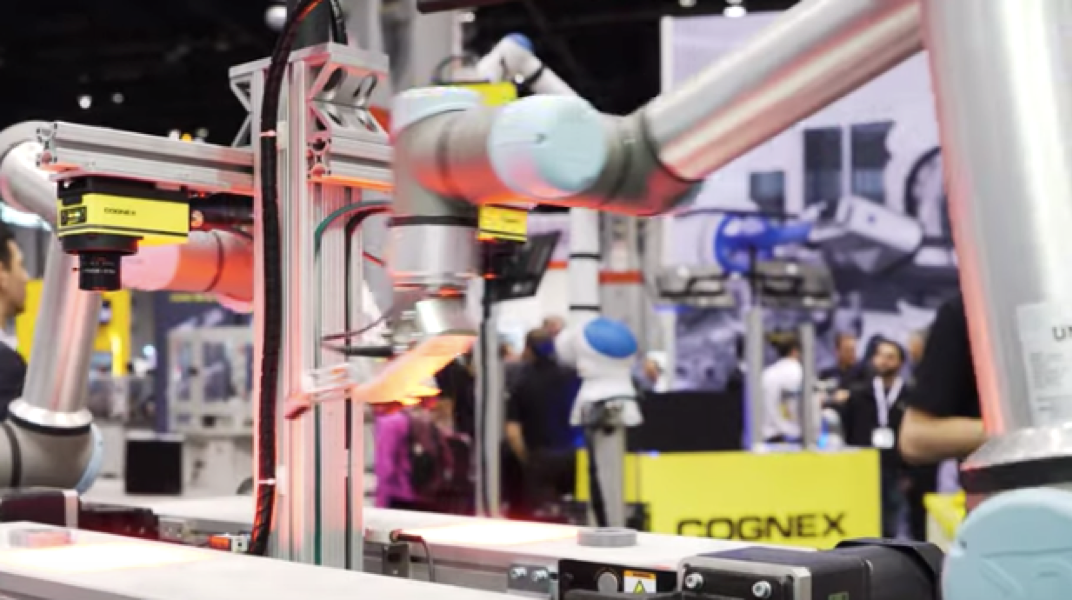By Jeremie Capron, Director of Research, ROBO Global
Since the inception of the ROBO Global Robotics & Automation Index in August 2013, Cognex, the global leader in machine vision, has returned a total 262% and is the top performance contributor for this index of best in class robotics, automation, and AI companies from around the world. We returned from the company’s investor day with increased confidence in its technology leadership and growth prospects, boosted by the advent of machine learning and computer vision.
What is computer vision? The ability to see. It is something most humans take for granted, and yet it is astonishingly difficult to replicate in machines. Computer vision is the technology that gives computers and machines the sense of sight and the ability to analyze and understand the content of digital images. For decades, computer vision has remained extremely limited and prohibitively expensive. The complexity of the visual world is extreme and requires enormous computing power to process. However, in the past decade, researchers and companies like Cognex (which stands for Cognition Experts) have made tremendous progress and have developed what we believe is now a more than $10B market.
In July 2013, when Cognex had just over $300M in revenue and was being overlooked by Wall Street, I published a research report suggesting the company was one of the best positioned to benefit from machine vision’s ability to accelerate factory automation around the world by enabling high-speed, high-precision manufacturing in widely diverse industries. My assessment was correct. Today, Cognex systems and software are in use at factories and distribution centers of the world’s best companies—including Amazon, Apple, BMW, Unilever, Sanofi, and many more—to guide, inspect, gauge, and identify products. The result: Cognex has grown its revenue to over $800M last year, amassed a war chest of more than $800M, and seen its share price more than quadruple.
Despite that notable success, Cognex shares are currently trading nearly 35% below their all-time high of more than $72 in November 2017. It’s a discrepancy driven by the fact that investors continue to worry about the slowdown in industrial markets, particularly in autos and electronics, that began last year. (See our 2Q19 quarterly review to read why we think this cycle may be at or near the bottom.)
Last week, Cognex raised its estimate of its addressable market to $4.2B, from $3.5B previously, and reiterated its long-term annual growth target of 20%, despite the current headwinds that will result in the company’s first decline in annual revenue in nine years. In fact, Cognex has grown sales at a 21% CAGR in the past three years, and 18% in the past five years. We believe machine vision has a long runway for growth given current penetration levels in manufacturing and logistics, recent technological developments in AI and machine learning, and the rapid rise in labor costs in China and other manufacturing hubs in emerging markets.
We are at another inflection point. Machine vision is increasingly used throughout the manufacturing process to enhance product quality, reduce waste, and improve productivity in a variety of end-markets, including consumer electronics, automotive, and pharmaceuticals—and many more. Machine vision guides production equipment such as robots, improving the quality and speed of manufacturing. It inspects and detects errors early, saving thousands of items from potentially being scrapped. It gauges and provides precise, fast, and non-contact measurements. It can also identify products by reading codes, characters, colors, and shapes to enable tracking, traceability, and data collection. And all of this is achieved at an increasingly rapid speed.
In the past few years, Cognex has made tremendous headway in logistics as machine vision has displaced traditional laser-based barcode readers at the likes of Amazon and FedEx. At the expense of traditional players such as Sick and Datalogic, the business has grown in excess of 50% per year, and management estimates its market share at ~10% today, up from virtually zero seven years ago. In this $1B market, Cognex is still a small fish in a big pond. The fast rise of e-commerce and new trends such as omnichannel strategies, buy online/pick-up in store, and a superior ID technology suggest plenty of room for continued 50%+ growth.
Perhaps the most exciting revelation at the Cognex event was the announcement of the launch of a series of new products powered by AI. After a series of acquisitions in artificial intelligence and deep learning in 2017, Cognex is embarking on a new, potentially major product cycle, which could significantly expand its addressable market. Most computer vision systems today are built around rule-based algorithms that are designed to help computers understand what’s in a digital picture. The new products would expand that capability, using a deep-learning approach to computer vision. This AI-powered approach could address many new applications, particularly for inspection problems where algorithmic rules cannot easily be applied, such as detecting random cosmetic imperfections. In fact, according to the company, AI-powered computer vision could help automate and improve the accuracy of work being performed by more than 365 million factory workers around the world—including 35 million workers that are focused specifically on visual inspection tasks.
Finally, we were positively surprised to hear about the company’s intention to shift its model towards software subscriptions, as opposed to its current reliance on hardware/software bundle sales. The plan is to convert its VisionPro software sales to annual licenses, and to offer “edge intelligence solutions” that provide data analytics and connectivity capabilities for customers to mine the enormous amount of data generated by vision systems—a key element of the smart factory.
In short, Cognex, appears firmly set on a fast automation growth trajectory, driven by increasing penetration of machine vision in factories, deep learning, 3D, and the industrial Internet of Things (IoT). The company’s technology and market leadership are key factors in our decision to maintain Cognex as a bellwether member of the ROBO Global Robotics & Automation Index. Other computer vision companies within the index include Keyence; Omron and Optex from Japan; ISRA Vision based in Germany; and Korea-based Koh Young Technology.





